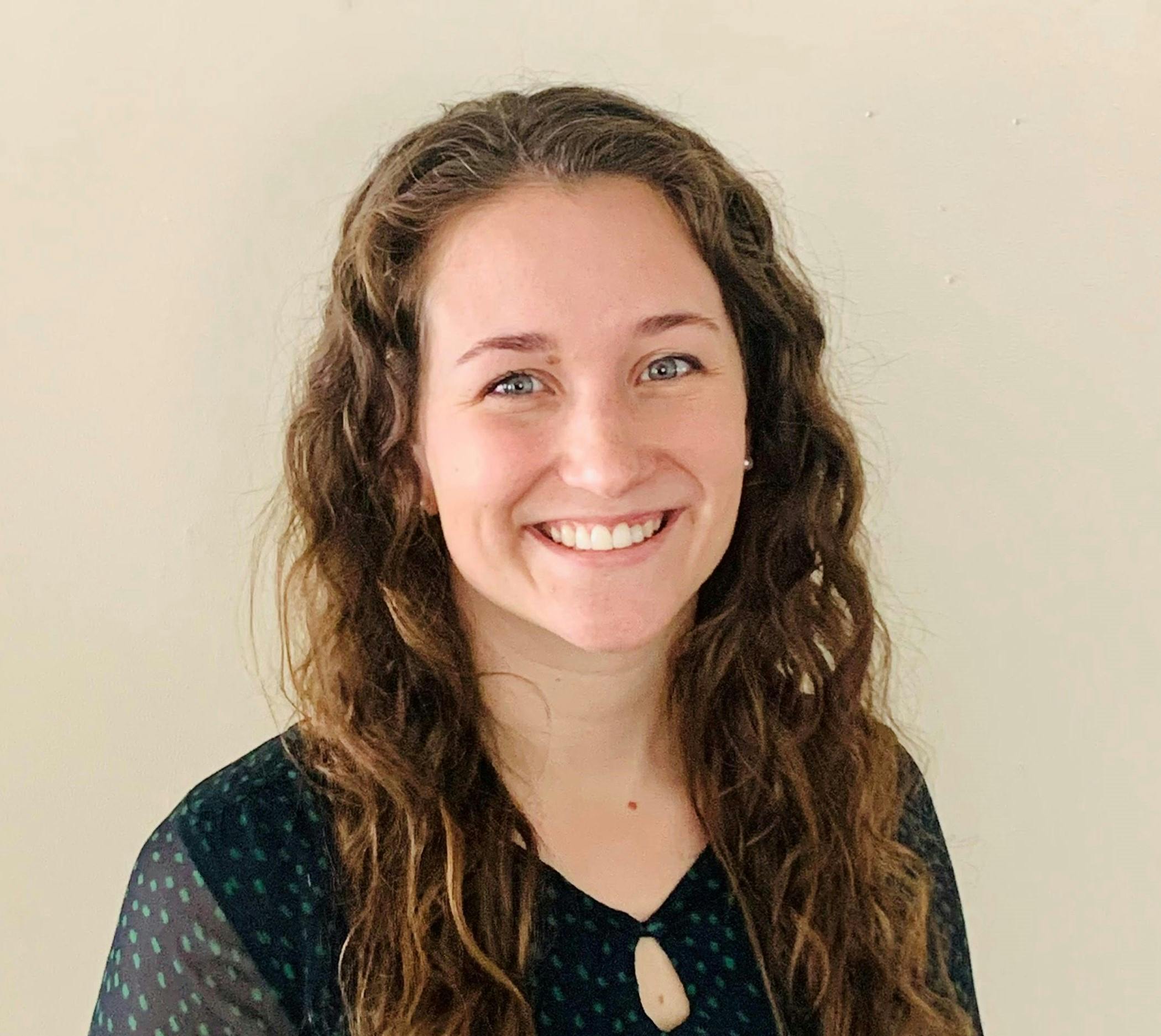East End Streets
Share East End Streets on Facebook
Share East End Streets on Twitter
Share East End Streets on Linkedin
Email East End Streets link
MetroCOG, in collaboration with the City of Bridgeport and the Connecticut Department of Transportation, is conducting an East End Streets Study focused on identifying solutions to address travel on the Connecticut Avenue and Stratford Avenue corridors in Bridgeport’s East End Neighborhood.
The East End Streets Study area.
The Study analyzes data such as vehicle speed, traffic volumes, queue length/timing gaps, lane usage, sight distance, right-of-way (ROW) utilization, access driveways, transit stops, pedestrian crossing times, and accident rates.
Recommendations of this study consider:
- Infrastructure improvements that will address safety issues, such as addressing pedestrian crossings/ramps/sidewalks, midblock crossings, and/or a road diet.
- The current and future operations of the one-way couplet to improve access to residents, businesses, and services.
- Appropriate accommodations for all modes of transportation, including vehicular traffic, bicyclists, pedestrians, and transit users.
- Factors that impact future economic development within the corridors.
Page last updated: 14 Apr 2025, 11:00 AM




